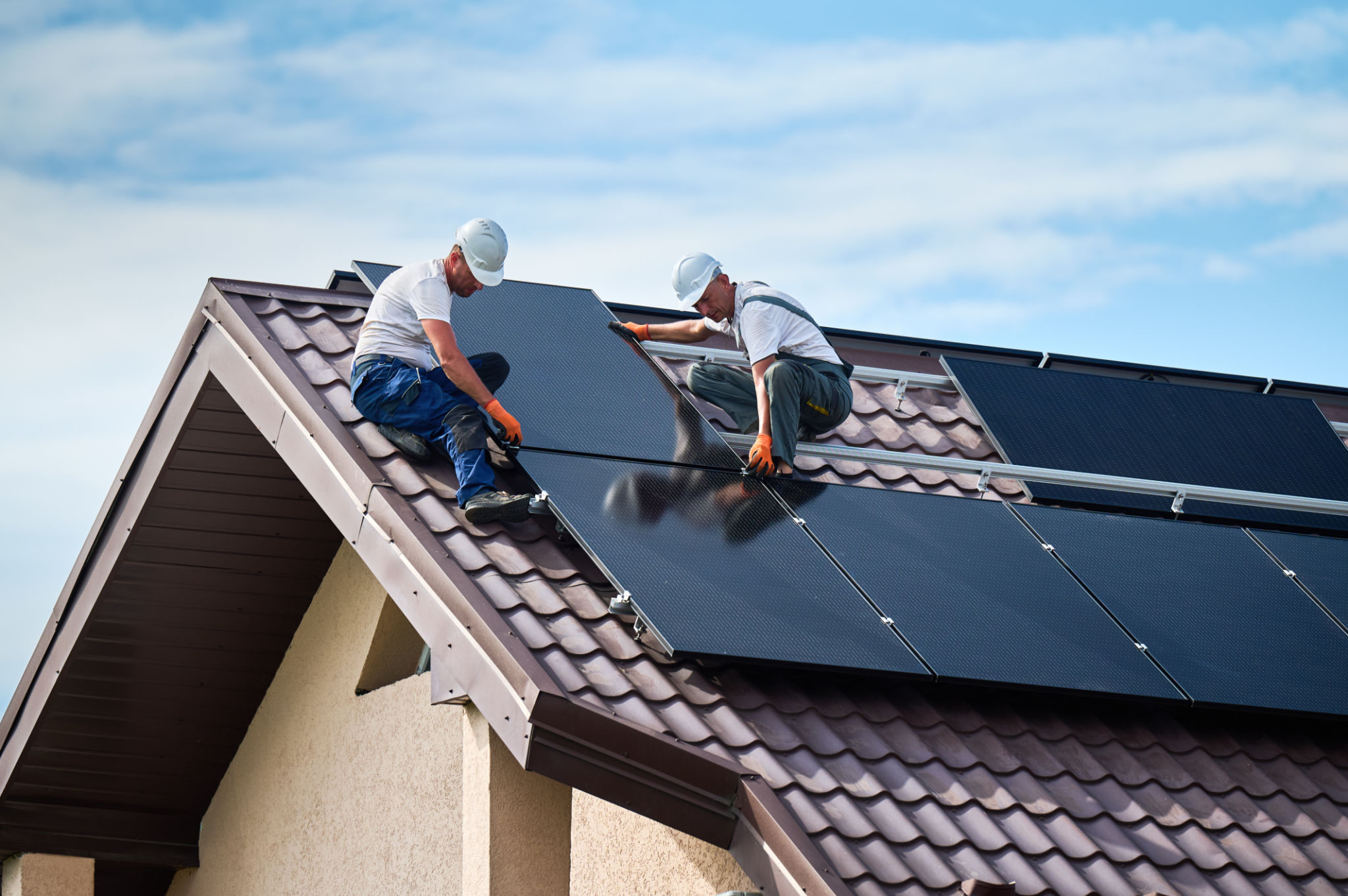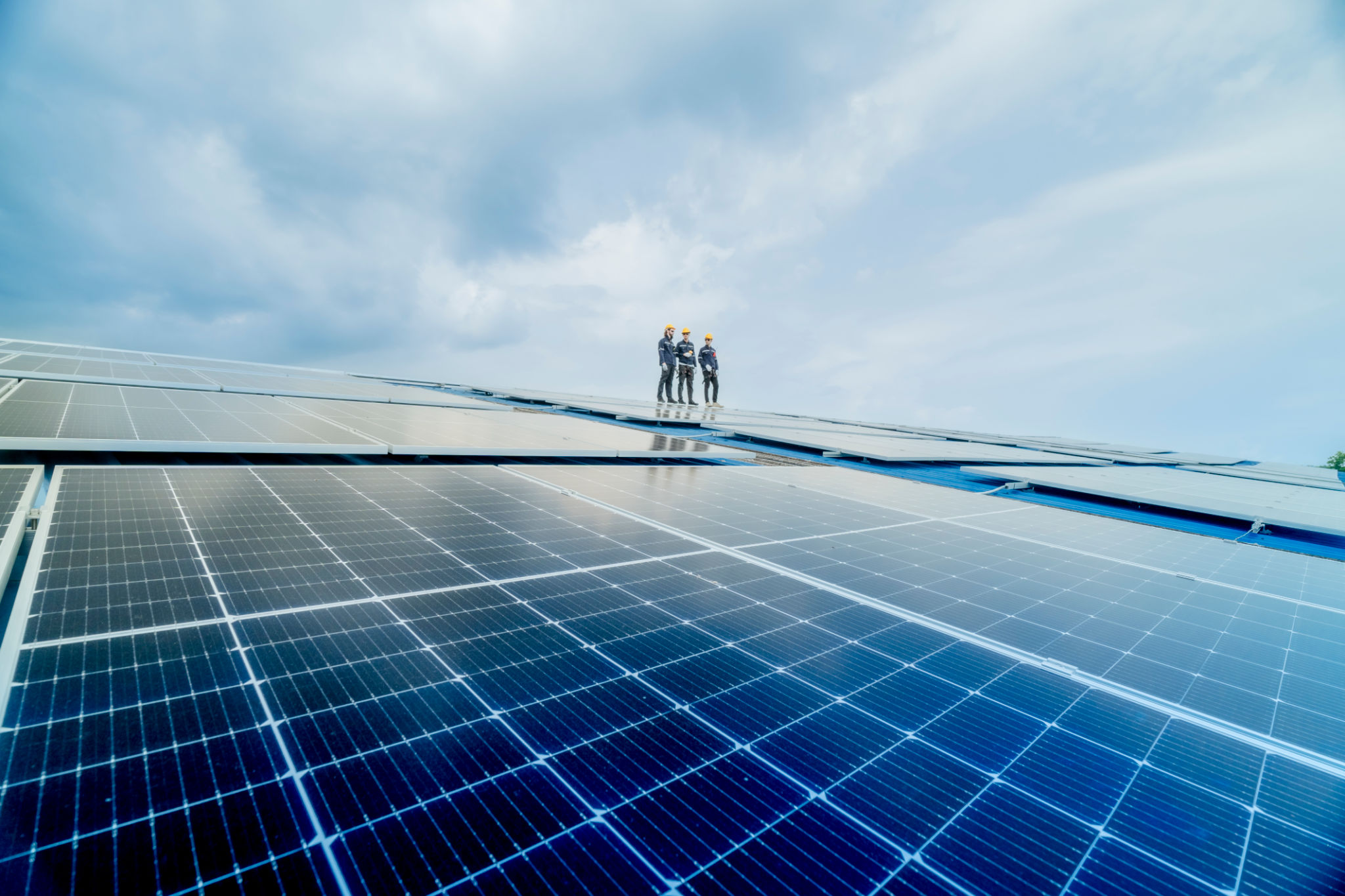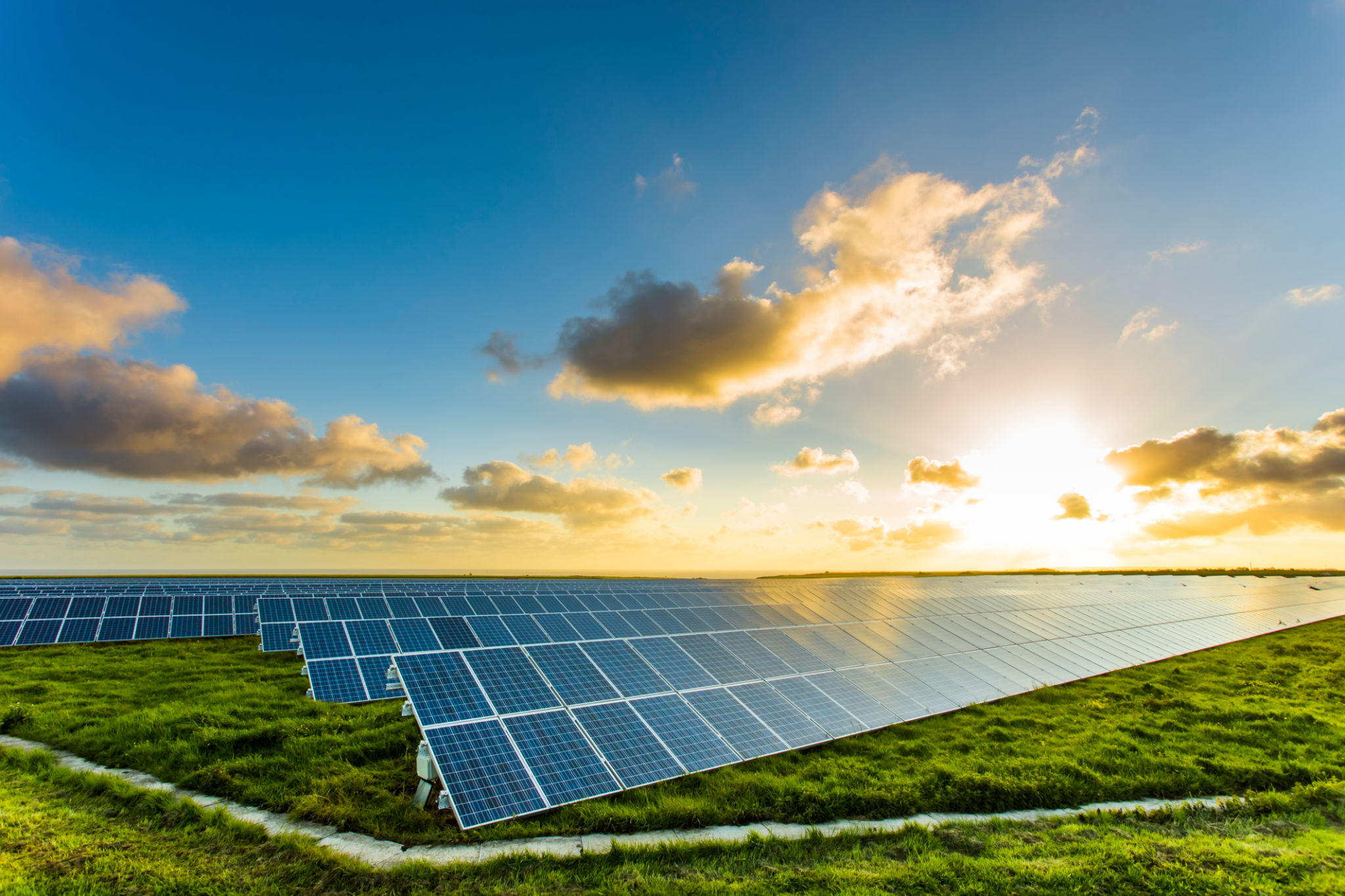Comprehensive Guide to Solar Panel Installation in Australia
Understanding Solar Energy in Australia
Australia is blessed with abundant sunshine, making it an ideal location for harnessing solar energy. With over 300 sunny days per year in many regions, solar panels have become an increasingly popular choice for both residential and commercial properties. This guide will walk you through the essential aspects of solar panel installation, ensuring you make an informed decision.

Benefits of Installing Solar Panels
One of the primary reasons people opt for solar panels is the potential for significant cost savings. By generating your own electricity, you can reduce or even eliminate your electricity bills. Moreover, any excess power produced can be fed back into the grid, earning you credits on your utility bill.
Beyond financial savings, solar panels contribute to a reduction in carbon footprint. By using renewable energy, you are helping to combat climate change and reduce reliance on fossil fuels. Additionally, properties with solar installations often see an increase in their market value.

Choosing the Right Solar Panel System
Selecting the right solar panel system depends on several factors, including your energy needs, roof size, and budget. There are two main types of solar panels: monocrystalline and polycrystalline. Monocrystalline panels are typically more efficient and take up less space, but they are also more expensive. Polycrystalline panels, on the other hand, are more cost-effective but slightly less efficient.
It's essential to assess your energy consumption and consider future needs. A professional installer can help you determine the optimal system size and type that best suits your requirements.
The Installation Process
The installation process begins with a site assessment to evaluate your roof's condition and orientation. This step is crucial as it influences the efficiency of your solar panel system. The next step involves designing a system that maximizes energy capture based on your specific roof layout.

Once the design is finalized, the actual installation takes place. This process typically involves mounting the panels on your roof and connecting them to an inverter, which converts the generated DC power into AC power usable by your home. The final step is connecting your system to the grid.
Government Incentives and Rebates
The Australian government offers several incentives to encourage the adoption of solar technology. The Small-scale Renewable Energy Scheme (SRES) provides financial incentives to homeowners and small businesses by offering Small-scale Technology Certificates (STCs). These certificates can be traded for cash or used as a discount on the installation cost.
Additionally, some states offer feed-in tariffs that pay you for excess electricity generated by your solar panels that is fed back into the grid. These incentives make solar panel installation more affordable and accessible.

Maintenance and Longevity
Solar panels require minimal maintenance, primarily consisting of keeping them clean and free from debris. Most systems come with a warranty that covers performance for 25 years or more, ensuring long-term benefits.
Regular inspections by a professional can help maintain optimal performance levels. Typically, inverter components may need replacement every 10 to 15 years, but other components are built to last.
Future of Solar Energy in Australia
The future of solar energy in Australia looks promising, with advancements in technology and storage solutions enhancing efficiency and reliability. As battery technology continues to improve, storing excess energy for use during cloudy days or at night will become increasingly viable.

With continued government support and growing environmental awareness, solar energy will likely play a crucial role in Australia's energy landscape, paving the way for a sustainable future.
Conclusion
Installing solar panels in Australia is a sound investment both financially and environmentally. By understanding the types of systems available, the installation process, and available incentives, you can make a well-informed decision that brings long-term benefits. Embrace solar energy and contribute to a greener, more sustainable future.
